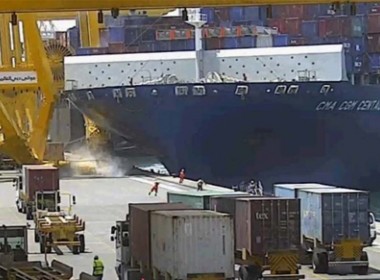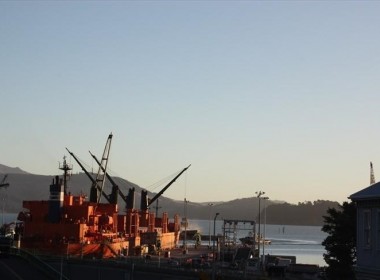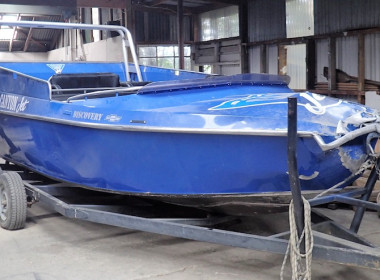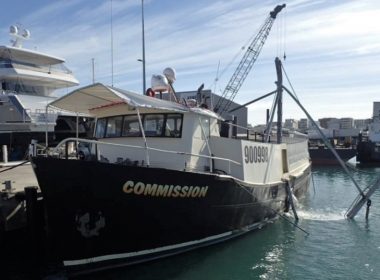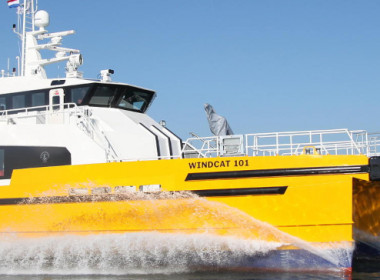New Zealand accident investigators publish report on mooring mishap that caused crew injury on containership

A new report published by the New Zealand Transport Accident Investigation Commission (TAIC) calls for a review of safety systems on Singapore-flagged ships and safer installation of mooring winches in the wake of an incident that caused injury on a container vessel on November 14, 2020.
On the said date, a Singapore-flagged containership was preparing to leave the Port of Timaru. As the ship was preparing to sail out of the port, the forward mooring party’s rope handler got dragged into the mooring winch, resulting in serious injuries to their hand and face.
The TAIC said the accident happened because the rope handler got too close to the winch and became trapped between the incoming rope and the winch. The three key sets of circumstances were:
- deviation from the ship’s safety system
- situational awareness
- an equipment installation not optimised for safety
As with all good safety management systems (SMS), this ship’s SMS identified mooring operations as a risk and a standard mitigation was to have a forward mooring party of four crew operating two winches. This time, however, the mooring party was one crewmember down.
The supervisor was also operating the winch, and each rope handler had to both handle the rope with one hand and signal to the supervisor/winch operator with the other.
The TAIC said that, with some safety-focused thinking, they could have changed the unmooring plan to use just one winch at a time, enabling one worker to concentrate on handling the rope and another to monitor the rope handler and communicate safely with the winch operator.
When controlling the winch, the supervisor lacked an overall view of the whole mooring party – including the rope handler who was on the other side of the winch. The TAIC remarked that it is likely the rope handler was concentrating more on communicating with the winch operator, and handling the rope, that they forgot the need to stay clear of the winch.
Lastly, a “transverse bar” on the winch increased the risk of a worker becoming trapped between the incoming rope and the winch storage drum. It would have been safer if this had been removed at time of installation, the TAIC added.
To avoid similar accidents in future, the TAIC imparts the following lessons:
- Safety system: Assess risks and mitigate them. Measures to control hazards should reduce risk to as low as possible. For example, safety in unmooring and mooring (both equally dangerous) depends on availability of enough crew.
- Situational awareness: It is important that the person in a supervisory role remains an observer and does not take part in the actual work or handling operation.
- Equipment installation: Equipment must be installed and operated as intended by the manufacturer. Deviation from that can increase the risk of serious injury.
The TAIC recommendations are the following:
- Safety system and situational awareness: The TAIC has recommended that Singapore’s Maritime and Port Authority [work to] identify weaknesses in safety management systems and their practical implementation on board vessels under their flag. The Maritime and Port Authority or Singapore has responded positively.
- Equipment installation: The TAIC has recommended that winch manufacturer MacGregor tell other operators using the same type of winch about a safer way to install the winch. MacGregor has also responded positively with a schedule of communications to relevant operators over coming months.


